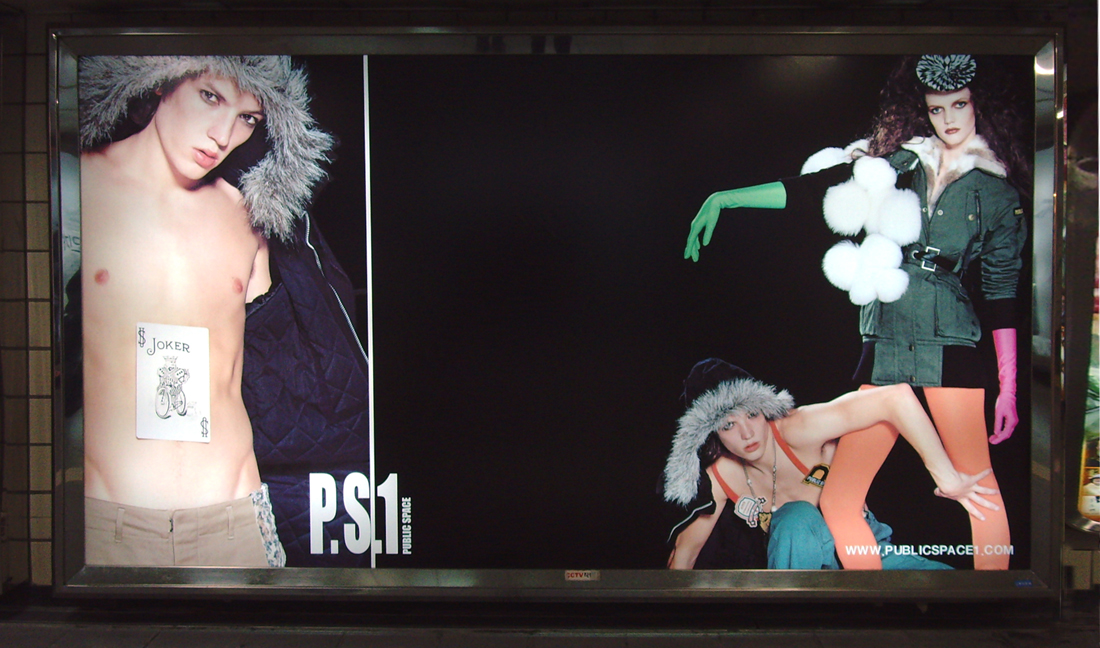

cute art chique design tag piracy. Who sez China's the only bad guy?


cute art chique design tag piracy. Who sez China's the only bad guy?

This is my report on my School of Visual Arts sponsored participation in the international conference on new media: “Reviewing the Future: Vision, Innovation, Emergence: The First Summit Meeting of the Planetary Collegium” which took in Montreal, Canada from the 19th – 22nd of April 2007. The conference was hosted by the CIAM (Centre Interuniversitaire des Arts Médiatiques) and by Hexagram. Both organizations acted as partial sponsors. Activities mainly took place at le "C∫ur des Sciences", the new scientific complex at University of Quebec in Montreal (UQAM).

Soh-Yeong Roh (Nabi Art Center, Seoul)
"Can't we drop that "media" and call it all art?"
[...]
Masaki Fujihata
"It's only called 'Media Art' because we had to come up with some name to calm down the confused art collectors."
[...]
Alex Andriaansen (V2_)
"I did not use the word 'Media Art' at all in my talk. OK, OK, once."
During this early Spring of 2007 in New York, a moment decidedly après le deluge , with a leg and a half still stuck in winter gloom, one of our few guilty pleasures is a show of photographs at the new FIAF Gallery by Arman (1928 – 2005). Here is his self portrait.

 I called this piece 3-In-1 done in 1994, a fake Joseph Kosuth. Actually it was a restaging of the Kosuth piece that put the three separate elements (photo, chair, Photostat) into a frame making it into a single discreet art object. The original piece by Kosuth titled, One In Three Chairs has three separate parts.
I called this piece 3-In-1 done in 1994, a fake Joseph Kosuth. Actually it was a restaging of the Kosuth piece that put the three separate elements (photo, chair, Photostat) into a frame making it into a single discreet art object. The original piece by Kosuth titled, One In Three Chairs has three separate parts.
The Collision of Extremism and Appropriateness: The Passion of Don Imus and Michael Richards
First, let me say that the answer to shocking language and socially ‘inappropriate’ behavior in the mainstream media is not to excise the offending member. I’ll try to explain my point on the matter.
Over the past few months I have seen comedian Michael Richards and shock radio host Don Imus lambasted, or even excised from culture for racist epithets. On November 17, 2006, Richards lost his composure with hecklers at the Laugh Factory in West Hollywood, California by alluding to Lynch mobs, and repeatedly using the word “Nigger”. What ensued was a media frenzy in which outlets like MSNBC and CNN nearly preempted far more important issues like warfare and hunger to keep Richards’ face on the air day and night for nearly two weeks, as well as demands by subject Kyle Doss for reparations. This was despite statements of contrition and (refused) requests for reconciliatory meetings with African-American leaders such as Al Sharpton and Jesse Jackson, and articles on conspiracynet about linkages of Richards to his Masonic affiliation and the Freemasons’ linkage to the Ku Klux Klan.
_gh_news_018
There’s a terrific discussion on http://post.thing.net concerning legacy conceptual art. Look though the comments section on the right. In particular Joseph Nechvatal and Blackhawk have been adding very incisive texts and commentary.
Information theory is constantly butting up against property rights. That was the premise behind Faux Conceptual Art http://www.artnetweb.com/projects/fauxcon/home.html
http://news.bbc.co.uk/2/hi/technology/6502643.stm
About Kathy Sierra's blog death threats, it highlights one of my problems with blogs and my overall lack of surprise about the matter.

Blogs, in and of themselves have fewer homeostatic mechanisms than forums or listservs. They are primarily a voluntary push medium with the ability to respond. I have never felt like I have been part of a conversation as part of a blog; only as a journalist or lecturer. They have never made me feel "part" of anything, they have only made me feel part of an audience, and it is this belonging that is special to networked conversation.
![]()
Architectures of Participation is a compelling phrase that attempts literally to frame a deeper fundamental of human existence. This text is a preliminary meditation on that existence and aspects of its profound presence.